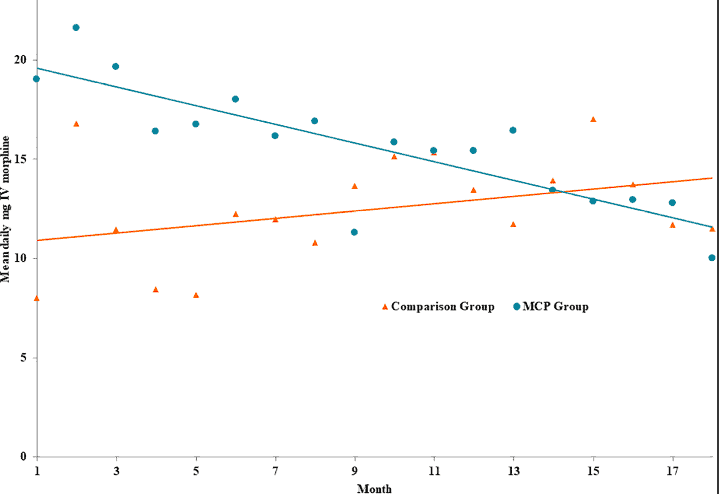Medical marijuana is helping patients dealing with chronic pain by replacing their use of prescription drugs. These opioid drugs can be fatally dangerous when abused. They killed more people last year than guns or car accidents, causing health professionals to signal that America is deep in an opioid crisis, which is why these latest findings come as great news.

The study performed by researchers at the University of New Mexico (UNM) involved 37 patients enrolled in the New Mexico Medical Cannabis Program (MCP) and 29 participants who used opioids alone. The MCP participants used both opioids and legally supplied medical cannabis.
Ten months later, MCP participants had significantly reduced their prescription drug use. Most impressively, more than a third of the MCP patients stopped using prescription drugs altogether compared to only two percent of the non-MCP group, the authors reported in the Journal of the American Medical Directors Association.
MCP participants also reported “improvements in pain reduction, quality of life, social life, activity levels, and concentration, and few side effects from using cannabis one year after enrollment.”
Although this wasn’t a randomized trial and the sample size was rather small, the UNM team concludes that medical cannabis is significantly associated with “opioid prescription cessation and reductions”, as well as “improved quality of life”.

The UNM researchers followed the patients for two whole years, including the six months during which opioid use was tracked before patient enrollment in the marijuana program. It wasn’t until months 16 through 24 that medical marijuana began to significantly displace opioids in the MCP group.
Previously, scientists at the University of Michigan reached a similar conclusion, also reporting that chronic pain patients saw a large reduction in opioid use and improved quality of life once they started using medical marijuana. Another study found that doctors working in states where medical marijuana is legal prescribe fewer opioids to patients than in those states where medical marijuana is illegal.
All of these findings suggest that medical marijuana might become a worthy ally in the nation’s fight against opioid drugs. Every day, more than 90 Americans die after overdosing on opioids. The Centers for Disease Control and Prevention (CDC) estimates that the total “economic burden” of prescription opioid misuse alone in the United States is $78.5 billion a year, including things like treatments and reduced productivity. Last month, President Trump “declared the opioid epidemic a national public health emergency.”






